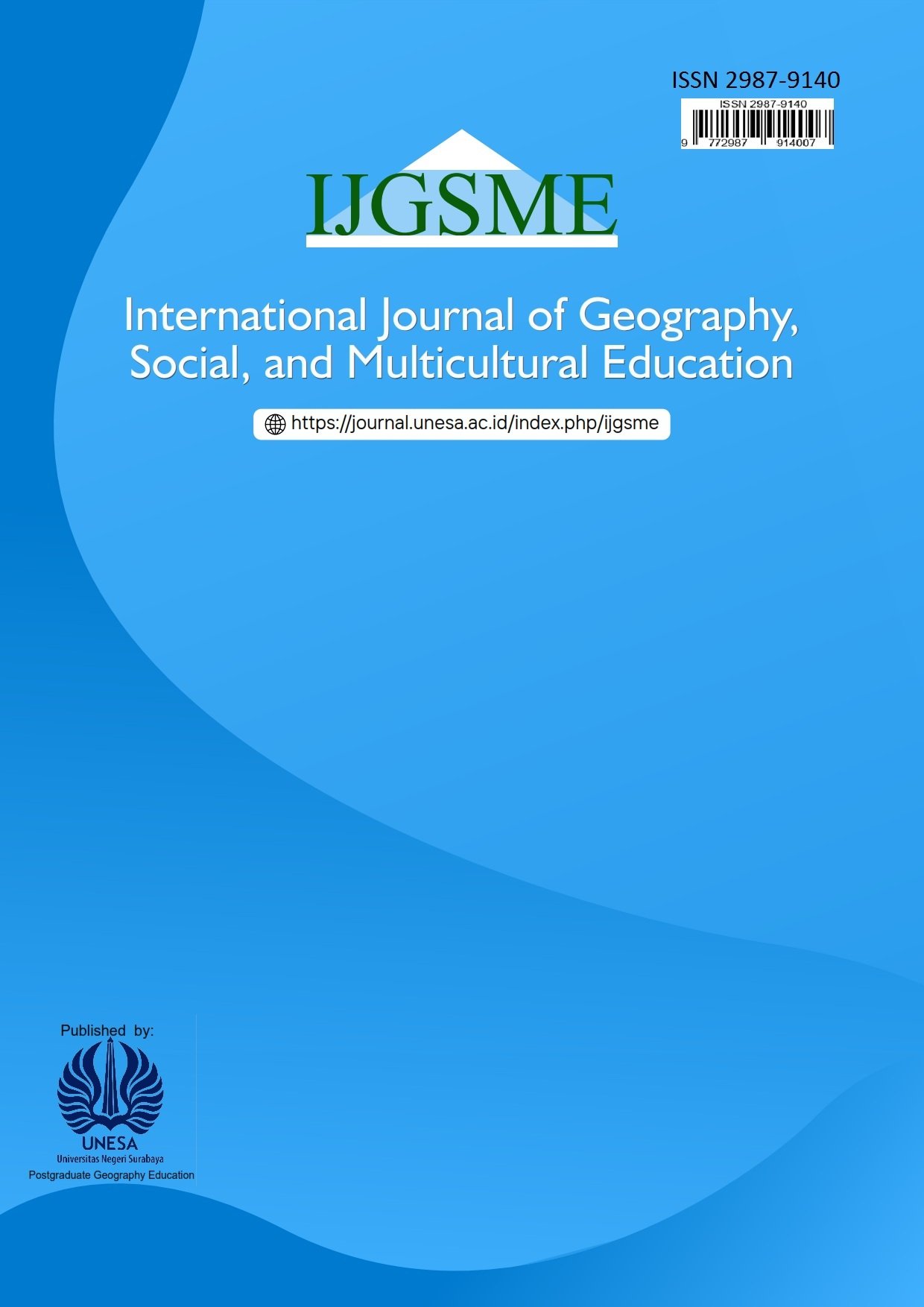The Impact of Overfishing of Bigeye Tuna (Thunnus Obesus) Populations on The Balance of The Indonesian Marine Ecosystem: A Literature Study in The Banda Sea
DOI:
https://doi.org/10.26740/ijgsme.v2n3.p65-75Keywords:
ecosystem, overfishing, tunaAbstract
Indonesia’s maritime area is approximately 3.1 km2 including inland areas, archipelagic waters, territorial seas and the Exclusive Economic Zone. Indonesia’s diverse and rich marine ecosystems are home to abundant fishery resources, including bigeye tuna (Thunnus Obesus). Overfishing practices have caused a decline in the population of this fish, with a significant impact on the balance of the marine ecosystem in the Banda Sea. Unsustainable fishing practices, the use of destructive fishing gear, and minimal supervision and law enforcement against illegal fishing practices have contributed to the decline in the population of bigeye tuna (Thunnus Obesus). The objective of this article is to investigate the impact of overfishing on the health of marine ecosystem of bigeye Tuna in the Banda sea. This article is based on a literature review of various scientific sources, research resources, research reports, and statistical data on the impact of overfishing on the balance of the Indonesian marine ecosystem. The impacts of overfishing of bigeye tuna (Thunnus Obesus) are: Drastic Decrease in Tuna Population, Food Chain Imbalance, Impact on Other Species, Marine Habitat Damage, and Biodiversity Decline, thus becoming a national and global threat. To overcome the impacts of overfishing of bigeye tuna in the Banda Sea, it is necessary to set strict catch quotas, stricter supervision and law enforcement, use of environmentally friendly fishing gear, and restoration of damaged marine habitats
Downloads
Published
How to Cite
Issue
Section
License
Copyright (c) 2025 Diah Khoirul Bariyah, Erni Mulyanie, Nur Hamid, Moch. Shofwan

This work is licensed under a Creative Commons Attribution-ShareAlike 4.0 International License.
 Abstract views: 656
,
Abstract views: 656
, PDF Downloads: 128
PDF Downloads: 128








